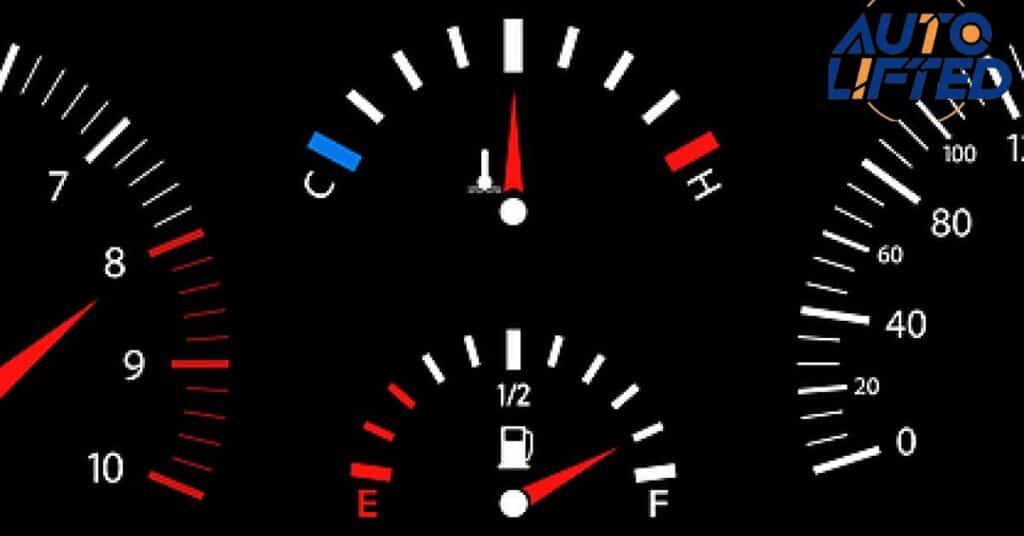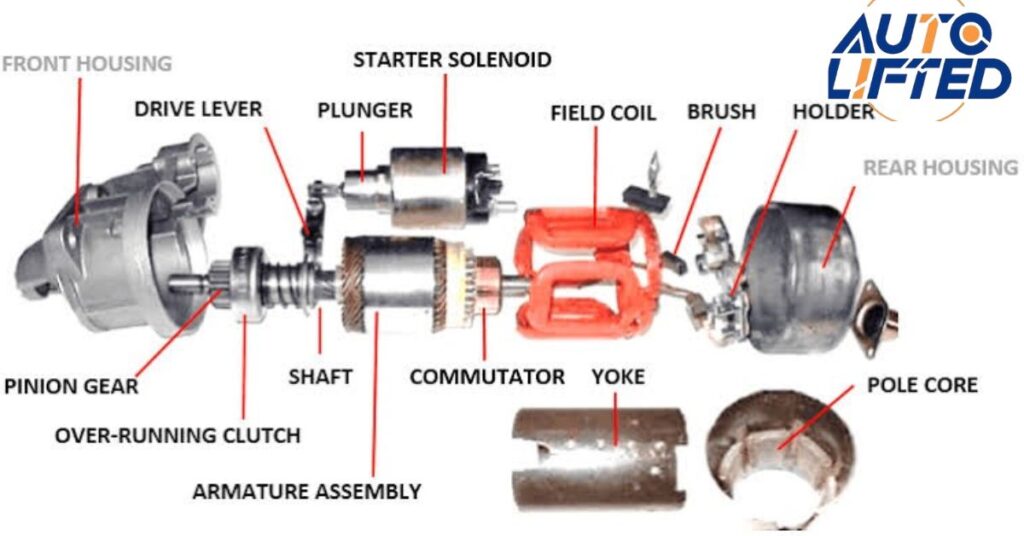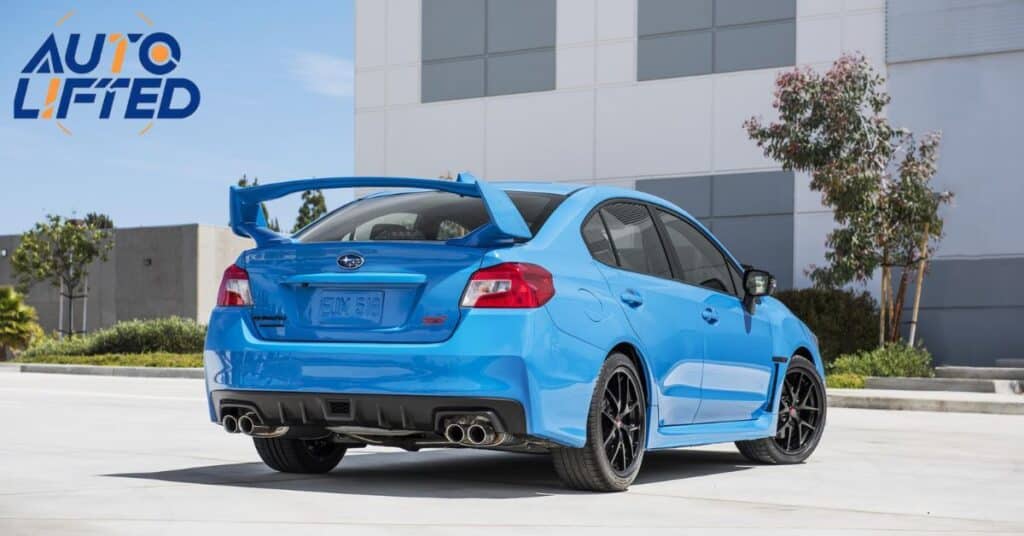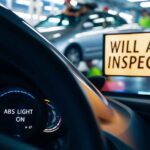A Subaru not starting can be frustrating. This guide offers quick fixes for the most common reasons why a Subaru won’t start.
You turn the key and your Subaru does not start. Panic starts to set in. You are going to be late. Don’t worry. Take a deep breath. This guide provides quick solutions for the most common reasons a Subaru won’t start.
A Subaru not starting can be really frustrating. There are many possible reasons why it won’t start. This guide covers the most common causes. It provides quick solutions to try. No need to panic or call a tow truck right away. Stay calm and work through the steps. With some quick troubleshooting you may get it started.
Considering Key Fob Issues: Battery Replacement and Programming
The key fob is an important part of your Subaru’s system. If it is not working properly, your car may not start. One of the first things to check is the key fob battery. These batteries can drain over time and need replacement. Try putting in a new battery before anything else. If a new battery does not fix it the fob itself may need reprogramming. This could be the issue preventing your Subaru from starting.
Reprogramming a key fob is usually a straightforward process. Some models allow you to do it yourself by following the steps in the owner’s manual. For others you may need to visit the dealer service department. Don’t worry the technicians there are familiar with this common issue. They can get your key fob reprogrammed and paired with your Subaru quickly. With a working key fob, you should be able to start your car without any further problems.
Examining Immobilizer System: Resetting and Troubleshooting
The immobilizer system is an anti-theft feature in modern vehicles. If there’s an issue with this system your Subaru won’t start. One solution is to try resetting the immobilizer system. This can allow the system to re sync with your key fob. The reset process is outlined in your owner’s manual. Follow the steps carefully to see if it resolves the issue. If not further troubleshooting of the immobilizer system may be needed.
Troubleshooting the immobilizer system can be complex. The system relies on components like the key fob transponder and body control module. Any failure in these areas could prevent your Subaru from starting. Start by scanning for diagnostic trouble codes related to the system. This can help pinpoint the root cause of the problem. Depending on the issue repairs like replacing components may be necessary. Do not hesitate to have a professional mechanic diagnose immobilizer system problems.
Diagnosing Fuel Quality Problems: Contaminants and Ethanol Content
Fuel quality issues can prevent your Subaru from starting properly. Contaminants like water or debris can clog up the fuel system. High ethanol content in the gasoline is another potential problem. Many Subarus can only handle up to 10% ethanol in the fuel. Using gas with higher ethanol levels may cause starting difficulties. If you suspect bad fuel quality, try this:

- Drain the fuel tank completely
- Refill with fresh gasoline from a reliable station
- This may clear any contaminant or ethanol related starting issues
To diagnose fuel quality problems, you will need to investigate further. Start by checking these points
- When and where was your last fill up
- Inspect the fuel filter for clogs or contamination
- Have the fuel tested for contaminants and ethanol percentage
- Unreliable gas stations may dispense poor quality fuel
If fuel contamination is confirmed a complete fuel system flush may be required. Although involved this can get your Subaru running correctly after starting troubles related to fuel quality.
Checking Transmission Position: Park/Neutral Safety Switch
The transmission position sensor is important for your Subaru to start. It tells the computer if the transmission is in park or neutral. Many vehicles have a safety switch related to this sensor. If this switch fails your Subaru may not start. First make sure the transmission is properly in park or neutral. Then check for any trouble codes related to the position sensor. You can also try bypassing the safety switch as a test.
To bypass the park neutral safety switch, you will need to locate it. Consult your owner’s manual for the specific location in your Subaru model. Then unplug the switch connector and use a paper clip to jump the wires. This bypasses the switch so you can attempt to start the engine. If your Subaru starts with the switch bypassed that indicates a problem. The safety switch may need adjustment or replacement to get your car starting normally.
Assessing Engine Temperature: Coolant Levels and Overheating
Engine temperature issues can prevent your Subaru from starting. First check the coolant level in the overflow reservoir. If it is low the engine could be overheating. Allow the engine to cool completely before removing the radiator cap. Refill with the proper coolant mixture to the specified level. A leaking coolant system may be causing overheating as well. Inspect all hoses and components for cracks leaks or damage.

Overheating can damage engine components and cause a no start condition. The engine’s computer may disable starting if it detects overheating. Once coolant levels are topped up check for any trouble codes. Clear codes after fixing coolant leaks or adding coolant. Let the engine cool down fully before attempting a restart. Continuing to crank an overheated engine can cause further damage. Address temperature issues first for the best chance of getting your Subaru started again.
Verifying Air Intake: Filter Blockages and MAF Sensor
blocked air intake can stall your Subaru’s engine. First check the air filter for clogs or excessive dirt buildup. A clogged filter restricts airflow to the engine. Replace the air filter if it appears overly dirty. Also inspect the air intake tube and housing. Clear out any leaves debris or rodent nests blocking airflow. A restricted air supply prevents proper combustion for starting.
The mass air flow (MAF) sensor is another intake component. This sensor measures the air entering the engine. A faulty or dirty MAF sensor confuses the engine computer. It may prevent the engine from starting or stalling. Disconnect the MAF sensor electrical connector. then use electronic cleaner spray to clean the sensor element. Reinstall once fully dried for improved airflow readings. Checking the MAF sensor and clearing air intake blockages restores airflow for starting.
Exploring Software Updates: ECM and TCM Updates
Software issues can sometimes cause starting problems with modern vehicles. Your Subaru has an engine control module (ECM) and transmission control module (TCM). These computers may have outdated software that needs updating. Check with your dealer about available ECM or TCM updates. Software patches can fix bugs causing intermittent no start situations. Updates realign sensor readings and system operations for proper starting.
Updating module software is usually a simple reprogram process. The dealer technicians have updated software files from Subaru. They will need to connect the diagnostic computer to your vehicle. With a few clicks they can reload the newest calibrated software. Software updates are an easy fix for odd issues like no start problems. Do not overlook this step if other components check out okay. A simple ECM TCM reflash may be all it takes.
Considering Aftermarket Modifications: Impact on Starting
Aftermarket modifications can sometimes interfere with your Subaru’s starting system. Added accessories may drain battery power or confuse control modules. Larger tires and lift kits change driveline geometry and operations. Performance chips and tuners alter engine mappings and timing. Before installing any mods consider potential impacts on starting. Modifications not properly integrated may trigger no start faults.
If you have made aftermarket changes, they could relate to starting difficulties. Review any new parts or tuning done recently. See if removing accessories like light bars restores starting. For engine drivetrain mods check for module update tunes. A remap incompatible with stock programming may prevent starting. Pinpointing how and when no-start issues began can identify culprits. Undoing certain modifications may be needed until starting functions normally again.
Examining the Starter Motor and Solenoid
The starter motor and solenoid are key components for starting your Subaru. If either part fails your engine won’t crank over. First listen carefully when trying to start the car. A clicking sound indicates the solenoid is engaging but not enough to spin the starter. Tap the solenoid gently with a tool to see if it responds. No sounds at all likely mean a dead battery or wiring issue.

To test the starter motor directly, you’ll need tools and access. Disconnect the starter wiring from the battery. Then use a remote starter switch to apply power directly. If the motor still does not crank it needs replacement. Check battery voltage at the starter too. Low voltage can prevent enough amperage from spinning the motor. Starter system components commonly wear out over time. Replacing the starter motor or solenoid may be needed to reliably restart your Subaru.
Assessing Engine Mechanical Problems
Mechanical issues within the engine can prevent your Subaru from starting. Several potential problems should be checked including:
- Low compression in one or more cylinders
- Broken timing belt or chain causing improper valve timing
- Bent valves from interference between pistons and valves
- Seized or damaged pistons rings or cylinders
- Excessive engine oil or coolant leaks
If any major mechanical fault exists the engine likely will not start or run properly. Testing compression and inspecting internal components may be necessary.
Diagnosing mechanical engine problems requires some disassembly. Here are the typical steps
- Remove valve covers to inspect top end of engine
- Perform a cylinder leak down test to check compression
- Remove timing covers to inspect timing components
- Further teardown may be needed to reach pistons/cylinders
Significant mechanical damage or wear usually requires an engine rebuild or replacement. While costly this may be the only solution for setting major internal issues right again. Do not overlook the potential for mechanical problems when your Subaru refuses to start.
Check the Basics: Battery and Electrical System
When your Subaru won’t start always check the basics first. The battery and electrical system are common culprits. A dead or weak battery lacks enough power to crank the engine. Use a voltmeter to test the battery’s charge level. Corrosion on the battery terminals can also prevent proper connections. Clean the terminals thoroughly to allow current flow.

Other electrical issues like loose or corroded wiring can also stop starting. Inspect wiring harnesses for any damage detached plugs or corrosion. The starter motor and alternator rely on these connections working properly. Check for any blown fuses related to the starting system. Replace fuses or tighten battery cable connections as needed. Verifying the basics are in order will help isolate the root no-start cause.
Frequently Asked Questions
Why does my Subaru struggle to start?
Your Subaru may struggle to start due to issues like a weak battery fuel system problems or faulty starter components. Checking the basics first can help diagnose the root cause of the starting difficulties.
How do I know if my Subaru starter is bad?
If you hear clicking sounds when trying to start your Subaru but the engine does not crank over it likely indicates a faulty starter motor or solenoid. No sounds at all could mean a dead battery or wiring issue with the starter circuit.
Why is my Subaru Outback turning over but not starting?
If your Subaru Outback is cranking turning over but not starting it could be due to issues like a fuel delivery problem faulty spark plugs or a sensor malfunction. Check for any trouble codes and verify the engine is getting air fuel and spark
What would cause a Subaru Impreza to not start?
A malfunctioning starter motor issues with the fuel delivery system or a faulty ignition switch could all lead to a Subaru Impreza failing to start.
Why is my car suddenly not starting?
A dead battery faulty starter motor or fuel delivery problems could be causing your car to suddenly not start. It is essential to check these components and possibly seek professional assistance for diagnosis and repair.
How do you fix a car that struggles to start?
Troubleshoot the battery and charging system then inspect the starter motor and ignition system for issues to resolve a car that struggles to start.
What are common bad starter symptoms?
Common bad starter symptoms include a clicking noise when turning the key and difficulty starting the engine often accompanied by dimming headlights or dashboard lights.
Conclusion
When faced with a Subaru that won’t start several common issues may be at play. By systematically checking the battery starter motor ignition system and fuel delivery components you can quickly diagnose and resolve the problem. Remember to inspect connections listen for unusual sounds and ensure adequate fuel supply to get your Subaru back on the road swiftly.
Have you encountered a situation where your Subaru would not start. What troubleshooting steps did you take and how did you resolve the issue Share your experiences and solutions with us in the comments below!

Passionate automotive enthusiast sharing insights, tips, and stories from the world of cars. Join me on an exhilarating journey through the roads of automotive excellence.







